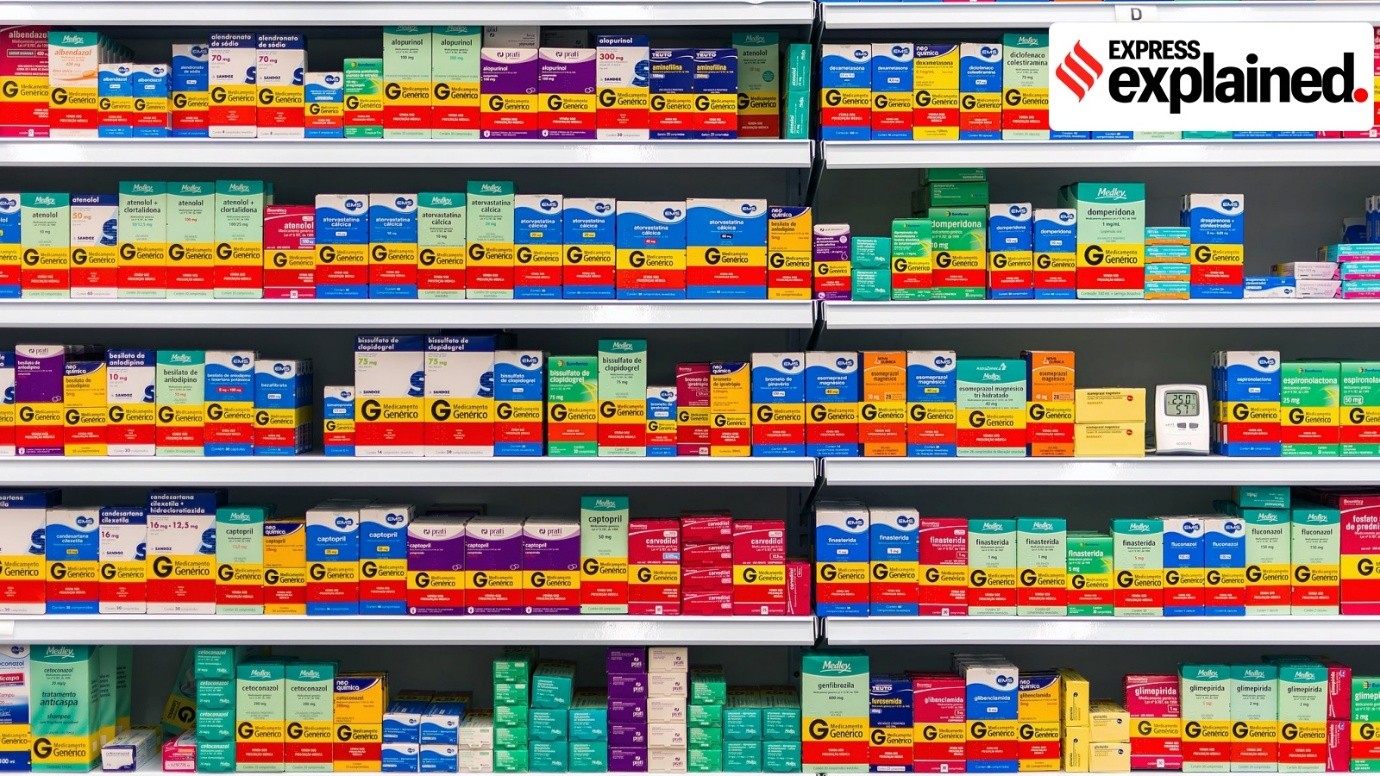



Battery Aadhaar, launched by Tata Elxsi at Battery Summit 2025, is a blockchain-based digital ID system for batteries, ensuring traceability and sustainability. Using the MOBIUS+ platform, it assigns unique IDs to track battery lifecycles, prevent unsafe reuse, promote recycling, and ensure compliance with Indian and global regulations, enhancing safety and environmental goals.

Copyright infringement not intended
Picture Courtesy: BUSINESSTODAY
Tata Elxsi unveils Battery Aadhaar, a blockchain-based digital ID system enhancing battery traceability and sustainability.
It is a digital identity system for batteries, similar to Aadhaar for Indian citizens. It assigns a unique digital ID to each battery, tracking its entire lifecycle—from manufacturing to recycling.
This initiative was launched by Tata Elxsi (a Tata Group company) at the Battery Summit 2025, organized by the World Resources Institute (WRI) India in collaboration with Tata Motors, IIT Kharagpur, and the Indian government.
The initiative is backed by the United Nations Environment Programme (UNEP) through its “Electrifying Mobility in Cities” program, coordinated by NITI Aayog and the Department of Science & Technology.
Batteries, especially those in electric vehicles (EVs), are critical for India’s push toward clean energy and sustainable mobility. However, improper handling, unsafe reuse, or poor disposal of batteries can harm the environment and violate regulations. Battery Aadhaar tackles these issues by ensuring transparency and accountability in the battery ecosystem.
The initiative uses Tata Elxsi’s MOBIUS+ platform, which depends on blockchain technology—a secure, tamper-proof digital ledger.
Assigns a Digital Identity: Each battery gets a unique ID, like a digital fingerprint, that stores details such as:
Tracks the Battery’s Life Cycle: From the moment raw materials are sourced to when the battery is recycled or repurposed, Battery Aadhaar monitors every step. This ensures no battery is misused or disposed of unsafely.
Prevents Unsafe Reuse: By tracking usage, the system stops old or damaged batteries from being reused in ways that could be dangerous, such as in low-quality products.
Supports Sustainability: It promotes recycling and second-life applications (e.g., using old EV batteries for energy storage), reducing waste and environmental harm.
Ensures Compliance: The system aligns with Indian regulations and global standards, like the EU Battery Regulation, making it easier for manufacturers to meet legal requirements.
Provides Real-Time Data: Using dashboards and analytics, stakeholders like manufacturers, regulators, and recyclers can access real-time information about battery health, performance, and remaining life. For example, a QR code on a battery can reveal its full history instantly.
Digital Product Passport (DPP): A digital record that summarizes a battery’s key details, making it easy to verify its authenticity and history.
Lifecycle Mapping: Tracks every stage of a battery’s life, from production to disposal.
Public and Private Data Access: Different users (e.g., manufacturers vs. regulators) see only the data they need, ensuring privacy and security.
Role-Based Dashboards: Customized interfaces for carmakers, battery producers, recyclers, and regulators to monitor and manage batteries.
Real-Time Analytics: Predicts battery health and estimates how long it will last, helping companies plan better.
Blockchain Security: Ensures data is secure, transparent, and cannot be altered without authorization.
Safety & Security Benefits
Environmental Benefits
Regulatory & Compliance Benefits
The Battery Aadhaar initiative aligns perfectly with India's broader strategic objectives in the electric vehicle and clean energy sectors.

Copyright infringement not intended
Must Read Articles:
INDIA BACKS SODIUM-ION BATTERIES
NEW BREAKTHROUGH BATTERY MATERIAL FOR EVS
Source:
|
PRACTICE QUESTION Q. Consider the following statements about the Battery Aadhaar Initiative:
Which of the statements given above is/are incorrect? A) 1 and 2 only B) 2 only C) 1 and 3 only D) 1, 2, and 3 Answer: C Explanation: Statement 1 is incorrect. The Battery Aadhaar concept was showcased by Tata Elxsi in collaboration with prominent consortium partners. While it is supported by a UNEP-led programme coordinated by NITI Aayog and the Department of Science & Technology, Government of India, it is not exclusively developed by NITI Aayog. Statement 2 is correct: The initiative seeks to prevent unsafe reuse and mitigate environmental risks. Statement 3 is incorrect: The system would assign a unique digital identity to each battery pack, not individual cells. |









© 2026 iasgyan. All right reserved